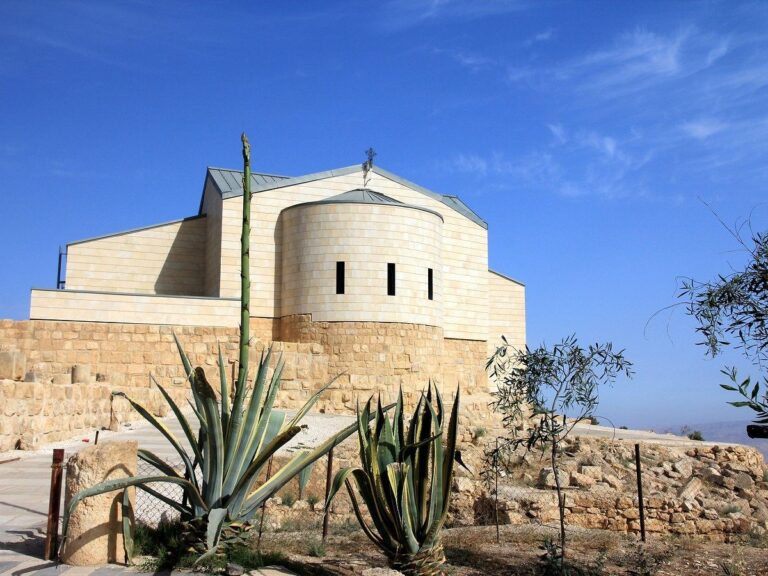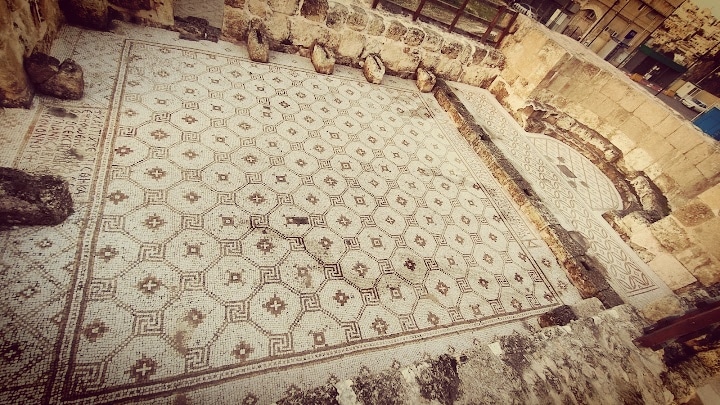When it comes to traditional Jordanian cuisine, mansaf stands out as one of the most popular and beloved dishes. This dish is rich in history and culture; it’s more than just a meal—it is a symbol of hospitality, community, and family values in Jordan.
What is Mansaf?
Mansaf is a Jordanian dish with a long history. It is made with meat, rice, and a special yogurt called jameed. This dish is usually served at special events and gatherings, like weddings, holidays, and family celebrations.
The main ingredient in mansaf is jameed. Jameed is made from goat’s milk, which is boiled until thick and then made into a yogurt-like texture. The thick milk is strained and shaped into small round balls, then dried in the sun until hard and crumbly. Jameed can be stored for a long time, making it an essential part of Jordanian cooking, especially in winter when fresh dairy is not always available.
The finishing touch on mansaf is the garnish, usually roasted almonds or pine nuts, and sometimes parsley or cilantro. Traditionally, mansaf is served family-style, placed in the center of the table, and eaten with the right hand, following Jordanian customs.
Steps to Prepare Mansaf
- Soak the Rice: Start by soaking the rice in water. While it soaks, cut the meat into large pieces.
- Cook the Meat: In a pot, add chopped onions, meat pieces, and enough water to cover. Boil on high heat. Skim any foam off the surface.
- Add Spices: Add the spices for the meat, then cook on low heat for about 2 hours.
- Prepare the Jameed Sauce: Mix jameed with water (you can use a blender). Pour the mixture into a pot on medium heat, stirring constantly.
- Add Meat Broth: Add a cup of meat broth to the jameed sauce.
- Combine Meat and Sauce: When the meat is cooked, add it to the jameed sauce. Let it simmer for a bit.
- Cook the Rice: Cook the rice according to the package instructions.
- Assemble Mansaf: In a large tray, tear up some shrak bread, soak it with some of the jameed sauce, then add the rice on top.
- Add Meat and Garnish: Place the meat and some extra jameed sauce on the rice. Garnish with fried nuts and parsley.
- Serve Extra Sauce: Serve a bowl of jameed sauce on the side for those who want more.










